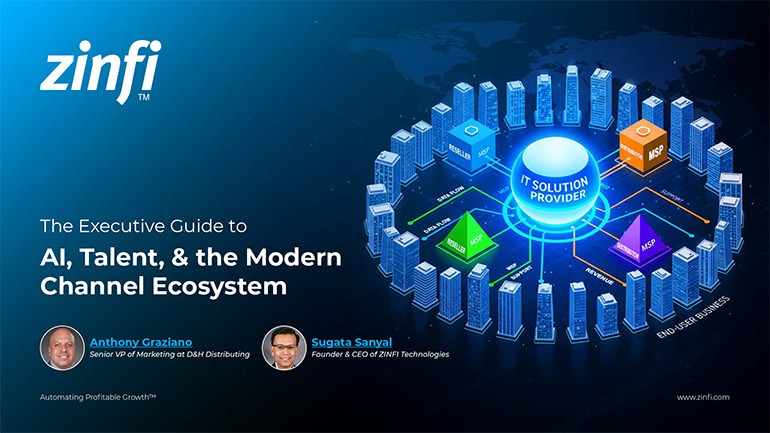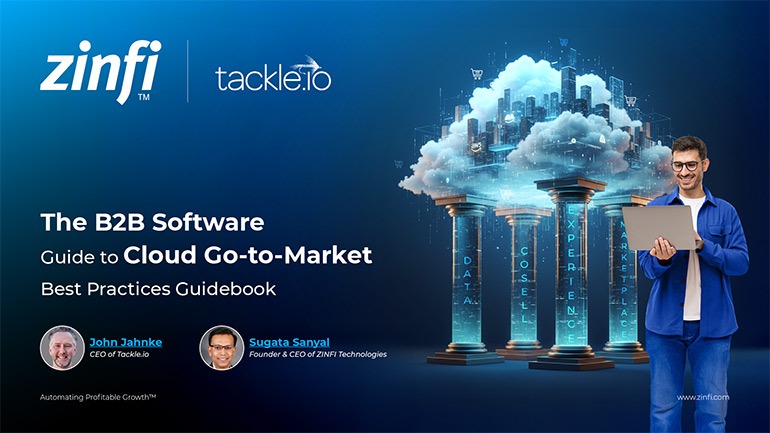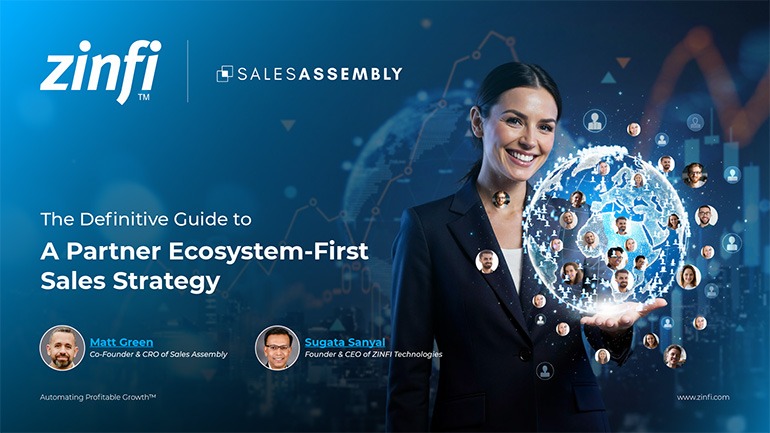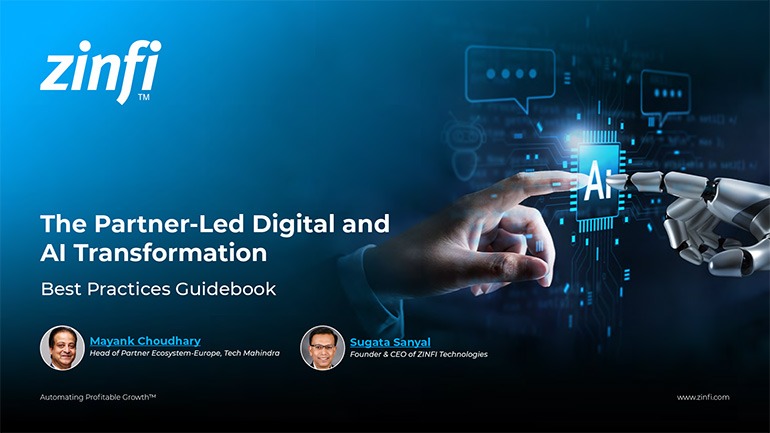The genesis of digital B2B Marketing was a far cry from the complex, data-driven systems of today. The early Web 1.0 era saw marketing websites primarily serving as little more than online brochures—a static catalog that users could browse, but not truly interact with. Demand generation at the time was predominantly manual and personal, relying heavily on in-person events and cold-calling. The shift began with pioneers who introduced the novel idea of a web form, allowing companies to capture customer interest and respond almost in real-time, effectively getting over the buyer’s challenge of having to call and listen to a sales pitch. This consumerization of IT, as it was called, marked a pivotal moment in which decision-making began to move online, providing a massive new opportunity for companies to capitalize on digital channels. This foundational change in how the buyer received information set the stage for the next phase of digital evolution.
The transition to Web 2.0 fundamentally reshaped B2B Marketing strategies by shifting the focus from simple online presence to building dynamic e-commerce businesses and, critically, customer relationships. This era saw the advent of marketing automation tools, such as Eloqua, which provided the first glimpses of intelligence—the ability to send personalized communications and track email opens or purchases. This increased sophistication enabled marketers to move beyond simple database emails and leverage new insights into buyer behavior, allowing them to tailor content and target individuals based on the problems they were trying to solve. The intelligence, though primitive by today's standards, offered marketers a distinct advantage in improving conversion rates and revenue generation, even leading to aggressive promotional tactics that created channel conflicts that were common in 2005-2006. The key lesson learned was the critical need to adapt quickly and develop effective techniques for scaling campaigns.
The evolution from a static online brochure to an interactive online experience introduced the concept of the B2B Buyer Journey, a notion previously reserved for consumer-centric marketing. This period was characterized by a rapid, shared innovation where marketers constantly reviewed and copied the source code of interesting websites to build upon each other's techniques, drastically accelerating the sophistication of platforms. By the late 2000s, this collective knowledge had laid the groundwork for advanced capabilities, such as lead scoring, which became a centerpiece of inbound methodologies promoted by companies like HubSpot. This trajectory confirmed that the B2B Marketing playbook was no longer a matter of a single interaction, but an increasingly intelligent sequence of engagements, moving the industry decisively away from purely manual demand generation methods.













